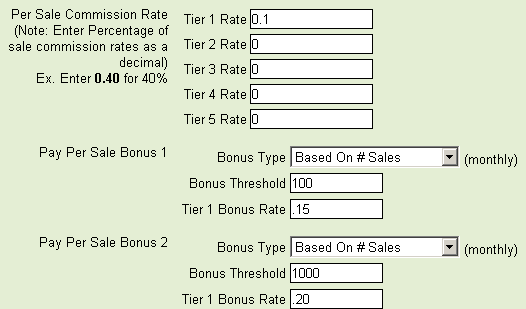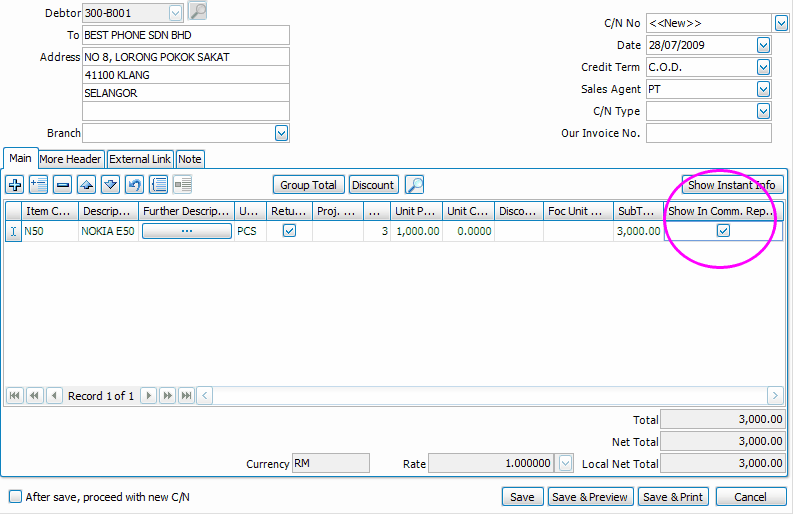You might think it is tricky to set salaries for each of your employees. Now, you are even adding a sales commission to the mix and aren’t certain where to start. One wise man says: “Commission never lies”. Actually, it will be crystal clear if you follow the Strategy when building up a new Sales Commission Structure in this article. Calculating commission based on staff level as introduced in the previous topic is just one commission method. As store owners, you can consider commission based on Products, Discount rules applied on the Products or Order Amount, or event Matrix Commission.
What is the best-fit Commission Structure that works for your sales team?
According to Hubspot: Sales Compensation: The Ultimate Guide, the most common plans include:
Commission-only plan, which often ranges from between 5 percent and 45 percent. It could liberate you from risk and motivate your employees. But such a plan could be potentially stressful for your employees and also for you, especially when it comes time to create a budget.
Base salary plus commission plan, which combines what many employees view as the best of both worlds. They’re on the receiving end of a steady income and also the incentive to sell. The base salary also may motivate them to carry out non-selling tasks that a commission-only employee could disregard.
Revenue commission plan, in which an employee earns a percentage of each sale. So if a product sells for $100 and you’ve set a sales commission at 5 percent, the employee would receive a $5 commission for each sale. This plan is perhaps the most popular of all sales commission plans.
Tiered commission plan, which essentially raises the stakes of the revenue commission plan. Once an employee hits a certain goal – say, $200,000 in sales – the sales commission might increase from 5 percent to 8 percent.
Absolute commission plan, which rewards an achievement. For example, you might pay your employees $2,500 to sign a six-figure wage earner or 20 percent of all revenue generated from upselling tactics. If you’re trying to target a particular customer or clear out inventory, an absolute commission plan might suit your objective to a T.
Gross margin plan, which is based more on profit than sales. So if your $100 product carries $20 in costs, the commission would be based on the difference of $80 rather than the full $100 sale. This is why the plan is also known as a gross profit margin and net of commission plan.
Straight-line commission plan, which may tie you and your employees to a calculator, not that either one of you may complain. Once you establish a quota, employees are paid based on how much of their quota they deliver. So if they attain 75 percent of their quota, they receive 75 percent of their commission. Overachievers are rewarded, too; someone who makes 150 percent of his quota is paid 150 percent of his commission.
“You can choose one plan or combine some and mix all of these above build plans to build your Commission Structure.”
The benefit of a Commission Management System
Just imagine that you have to remember the commission rate and formula of one plan for your staff manually, it can lead to nightmare and the worst insomnia. Having an internal tool or system doing this automatically, store owners can:
- Save cost and time for recurring Calculation
- Limit the error of Calculation
- Always Keep track of the real-time updated number to strive for Sales Targets (Store Owner and Staff’s Views)
If you want to check commissions for sales via both online and offline stores (O2O biz), there is still a way to calculate and manage commission right on Magestore POS. Thus, Admin and Staff will not have to transit between systems to take a quick view of the Commission Report.
Implement Commission Structure in Magento
Commission Management System in Magento can be regarded as a must component in the Magento ERP (Payroll and HR section). However, if you are running a rising small and medium O2O business, the budget can be a factor to consider while ERP is unnecessarily complicated and overwhelming. In the first place, you can choose a Native Magento POS like Magestore Solution for zero-effort implementation. Then Magestore will help you design functions to fit your Commission Structure requirements, include but not limited to:
1. Provide Product List and Commission Rate List
There will be components contributed to the commission amount:
- Product collection
- Staff group
- Commission rules (Order amount, Discount products, etc.)




2. Calculate Commission earned by each staff via selling products at the store
The staff will earn a commission balance based on all the products that they sold.

3. Update the commission history of each staff in Real-time
Once the commission is paid out, the staff’s commission balance will be reduced accordingly.
4. Deduct Commission by each Refunded items
Whenever a customer refunds a product, the commission earned based on this product will be deducted from the staff’s balance.
5. Summarize Commission in Report
The commission report is generated based on:
- Staff
- Location
- Custom period of time.
This will be also including all types of transactions that affect the staff’s commission balance: Earning, Paying commission, Refund.

In a nutshell, just accept the fact that no Sales Commission Structure plan is perfect. Your priorities are constantly shifting, your reps are always looking for new loopholes, and your prospects are periodically changing their preferences. But follow these tips and having a scalable system which is easy-to-customize, you can surely seize the bottom-line success.




